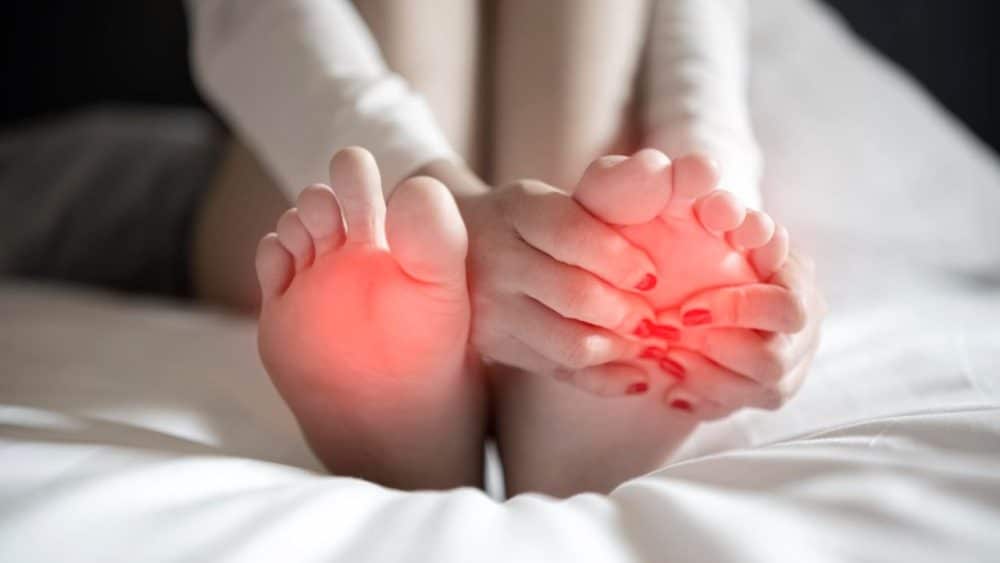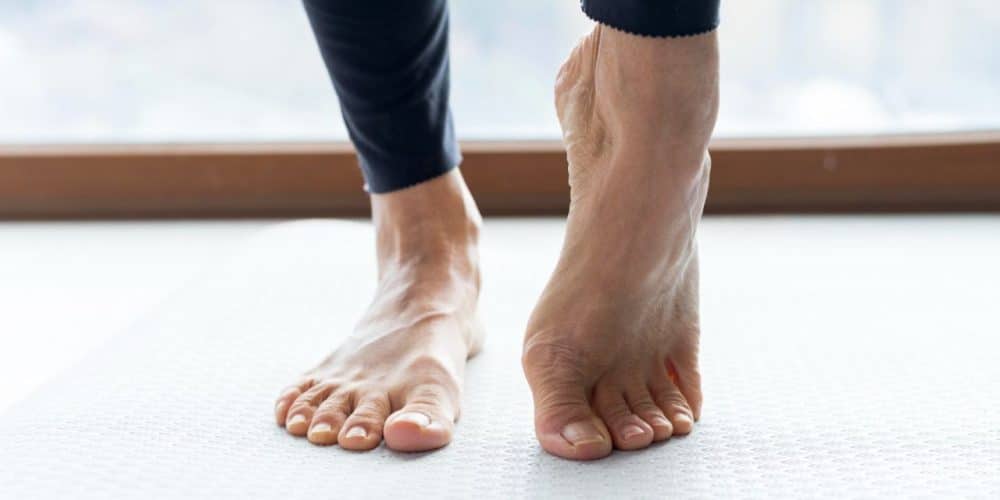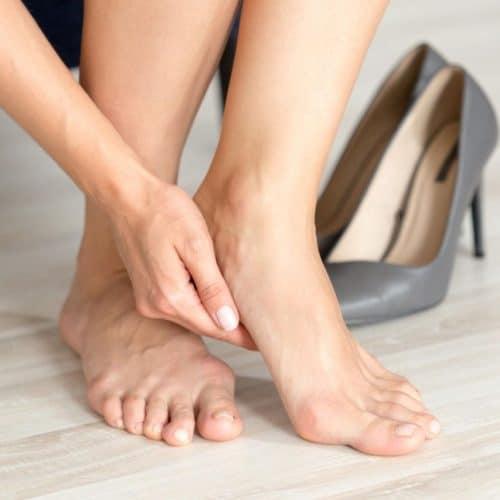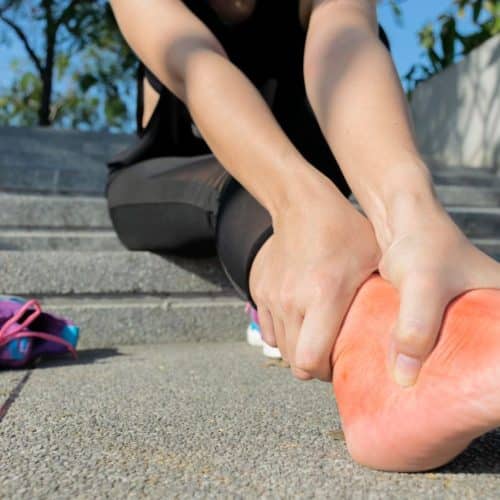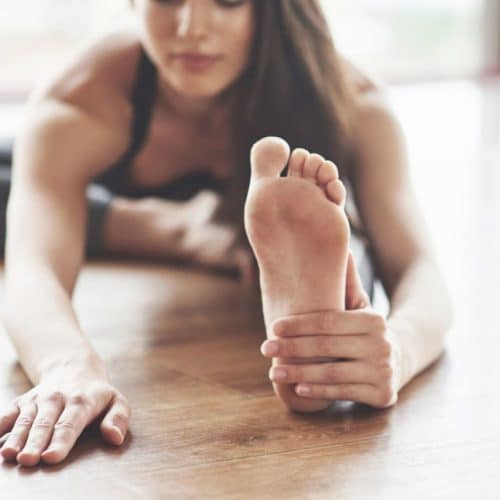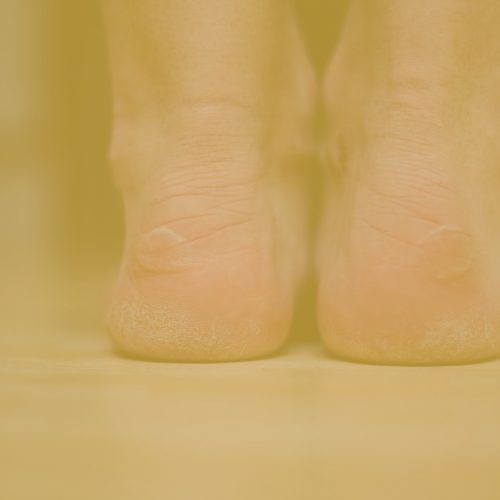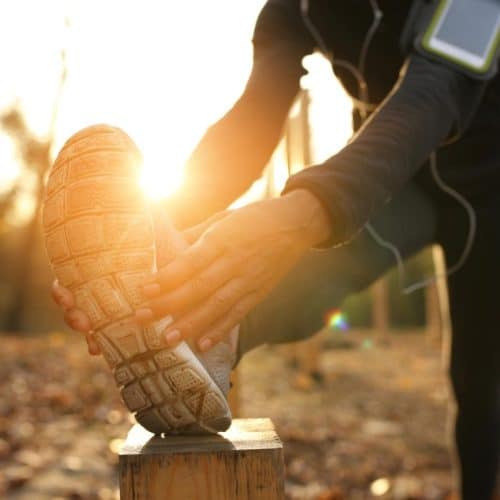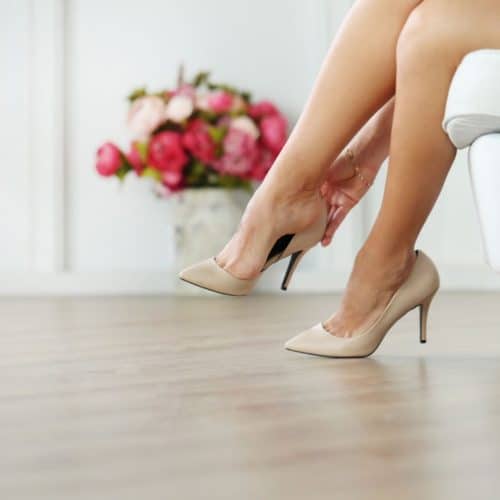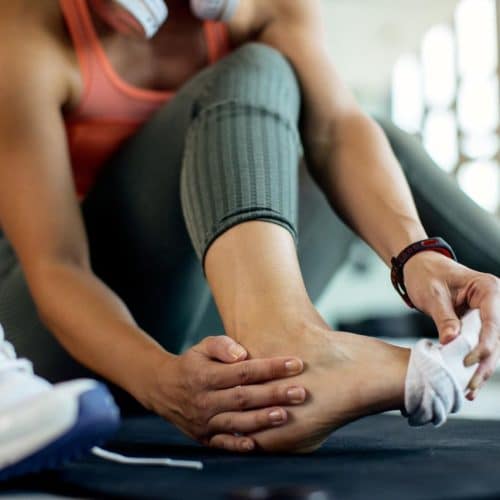The development of calluses on the feet is an issue that affects a significant number of people at some time in their lives. These enlarged areas of skin can be both an aesthetic problem and a source of discomfort. Both of these issues can be caused by milia. Let’s go deeper into the topic of calluses and learn more about what causes them, the symptoms they produce, and how they may be treated.
What are Calluses?
Calluses are thickened, hardened areas of skin that develop as a natural protective response to prolonged friction, pressure, or other forms of irritation. When the skin is subjected to these external factors, it tries to protect itself by producing more cells, leading to the formation of a dense, tough layer known as a callus.
1. Characteristics of Calluses
- Appearance: Calluses often have a yellowish or pale colour. They can vary in size and may appear flatter than corns, another type of skin thickening.
- Texture: The skin in a callus is usually dry and rough and can sometimes feel flaky or scaly.
- Sensation: While calluses are generally painless, they can cause discomfort, especially when they form in weight-bearing areas. Some people might experience a burning or tingling sensation in the affected area.
2. Common Locations
- Borders of the heels: This is a frequent spot due to the constant pressure exerted on the heels, especially when wearing shoes that don’t fit well.
- Inside of the big toe: The big toe often rubs against shoes, leading to friction and subsequent callus formation.
- Outside of the little toe: Similar to the big toe, the little toe can experience friction from tight shoes.
- Underneath the ball of the foot: This area bears a significant amount of weight, especially when walking or standing for extended periods.
3. Difference between Calluses and Corns
While both calluses and corns are forms of skin thickening, they have distinct differences. Corns are smaller than calluses and have a hard centre surrounded by inflamed skin. They often develop on non-weight-bearing parts of the foot, like the tops and sides of the toes. On the other hand, calluses are usually larger and develop on the soles of the feet or the palms of the hands.
Causes of Calluses
Calluses form as a result of various factors that exert repeated friction or pressure on the skin. Understanding these causes can help in preventing and managing callus formation. Here’s a deeper look into the primary causes:
1. Improper Footwear
- Tight Shoes: Shoes that are too tight can squeeze the toes and other parts of the foot, causing friction and pressure. This is especially true for shoes with narrow toe boxes that don’t allow the toes to spread naturally.
- Loose Shoes: On the other hand, shoes that are too loose can cause the foot to slide and rub against the shoe, leading to friction.
- Lack of Support: Shoes without proper arch support or cushioning can lead to uneven weight distribution on the foot, increasing the risk of calluses.
2. High Heels
- Pressure Redistribution: High heels shift the body’s weight forward, placing excessive pressure on the ball of the foot. This increased pressure can lead to callus formation in this area.
- Toe Squeezing: Many high heels have a pointed design, which can squeeze the toes together, causing friction and promoting callus development.
3. Walking Barefoot
- Direct Contact: Walking without shoes exposes the feet directly to surfaces, increasing the risk of friction, especially on rough or uneven grounds.
- Natural Foot Movement: Without the structure of a shoe, the foot might move in ways that create more friction in certain areas, leading to calluses.
4. Physical Activities
- Repetitive Movements: Activities like running, jumping, or dancing can exert repeated pressure on specific areas of the foot. For instance, runners might develop calluses on the balls of their feet or the inside of their big toe.
- Equipment Use: In sports or activities where equipment is used, such as rowing or weightlifting, the hands can also develop calluses due to the grip and repeated motions.
5. Foot Deformities
- Bunions: A bunion is a bony bump that forms on the joint at the base of the big toe. This bump can cause friction inside shoes, leading to calluses.
- Hammertoes: This deformity causes the toe to bend or curl downward instead of pointing forward, leading to increased pressure on the toe’s tip and the top part of the toe.
- Bone Spurs: These are bony projections that can develop along the edges of bones. They can cause friction inside shoes, promoting callus formation.
Symptoms
Calluses, while primarily recognised by their thickened appearance, can present a range of symptoms that vary in intensity and discomfort. Recognising these symptoms can help identify and address calluses before they become more problematic. Here’s a detailed look into the symptoms:
1. Appearance
- Colour: Calluses often exhibit a yellowish or pale hue. The colour can vary based on the individual’s skin tone and the thickness of the callus.
- Size and Shape: Calluses can range from small patches to larger areas covering significant portions of the foot. Their shape is generally irregular, conforming to the area of friction or pressure.
- Texture: The skin in the callused area is typically dry and rough. Over time, if untreated, the callus can become even harder and more pronounced.
2. Pain or Tenderness
- Localised Discomfort: Some people might experience pain or tenderness in the area where the callus has formed. This pain can be exacerbated when pressure is applied, such as walking or standing.
- Variable Intensity: The pain can range from a mild, dull ache to a sharper, more intense discomfort, especially if the callus has become very thick or if there’s an underlying corn.
3. Burning Sensation
- Warmth and Irritation: A burning sensation is often described as warmth or heat in the affected area. This can be due to the skin’s response to constant friction or pressure.
- Aggravating Factors: Activities that increase pressure on the callus, such as walking long distances or wearing certain shoes, can intensify this burning sensation.
4. Rough or Bumpy Texture
- Skin Changes: Over time, the skin in the callused area can become increasingly rough, leading to a bumpy or uneven texture. This can be felt when touching the callus or when the skin rubs against surfaces or footwear.
- Flakiness: In some cases, the outer layers of the callus might start to flake off, especially if the skin becomes excessively dry.
Monitoring these symptoms and seeking appropriate care is essential, especially if they cause significant discomfort or interfere with daily activities. While calluses are generally benign, they can lead to other complications if not addressed promptly.
Treatment and Prevention
Addressing calluses promptly can prevent further discomfort and potential complications. While various treatments are available, it’s essential to choose the one that best suits the individual’s needs and the severity of the callus. Here’s a detailed exploration of the five primary treatment and prevention options:
1. Proper Footwear
- Fit: Ensure that shoes fit well, neither too tight nor too loose. A well-fitting shoe should comfortably hug the foot without squeezing or allowing excessive movement.
- Material: Opt for shoes made of soft, breathable materials that can reduce friction against the skin.
- Support: Shoes with proper arch support and cushioning can distribute weight evenly across the foot, minimising pressure points that can lead to calluses.
- Rotation: Rotate between different pairs of shoes to give areas of friction a break and reduce the risk of callus formation.
2. Moisturise
- Regular Application: Apply a good quality foot cream or lotion daily to keep the skin soft and hydrated. This can prevent the skin from drying out and reduce the risk of callus formation.
- Specialised Creams: There are over-the-counter creams specifically designed to treat calluses. These often contain ingredients like salicylic acid or urea that can help soften and break down the callus.
3. Pumice Stone
- Usage: After soaking the feet in warm water for about 15 minutes to soften the skin, gently rub a pumice stone in a circular motion over the callus. This can help exfoliate and reduce its thickness.
- Frequency: Depending on the severity of the callus, this can be done daily or a few times a week. However, always ensure not to be too aggressive, as this can damage healthy skin.
4. Over-the-counter Pads
- Types: Non-medicated callus pads, often made of moleskin or other soft materials, can be placed over the callus to reduce pressure and friction.
- Caution: While medicated callus pads are available, they contain chemicals that can irritate the skin. It’s essential to consult with a healthcare professional before using them, especially for those with sensitive skin or underlying health conditions.
5. Consult a Podiatrist
- Professional Assessment: A podiatrist can thoroughly examine and recommend the best treatment options based on the callus’s size, location, and severity.
- Specialised Treatments: In more severe cases, a podiatrist might use professional tools to trim away the callus or recommend custom orthotics to redistribute pressure on the foot.
- Underlying Conditions: For individuals with diabetes or poor circulation, consulting a podiatrist is crucial, as calluses can lead to more severe complications.
Conclusion
Calluses, while often harmless, can be a source of discomfort for many. By understanding their causes and symptoms, you can take steps to prevent their formation and seek appropriate treatment when necessary. Remember, your feet carry you everywhere; giving them the care they deserve is crucial!


